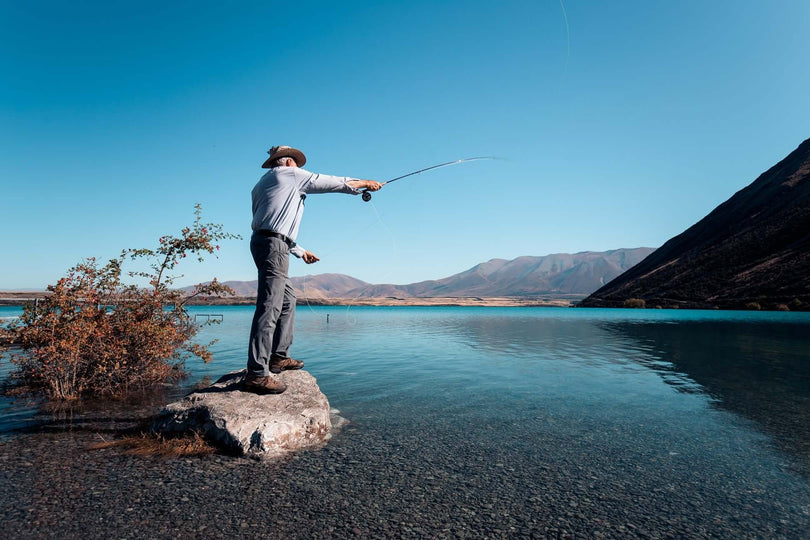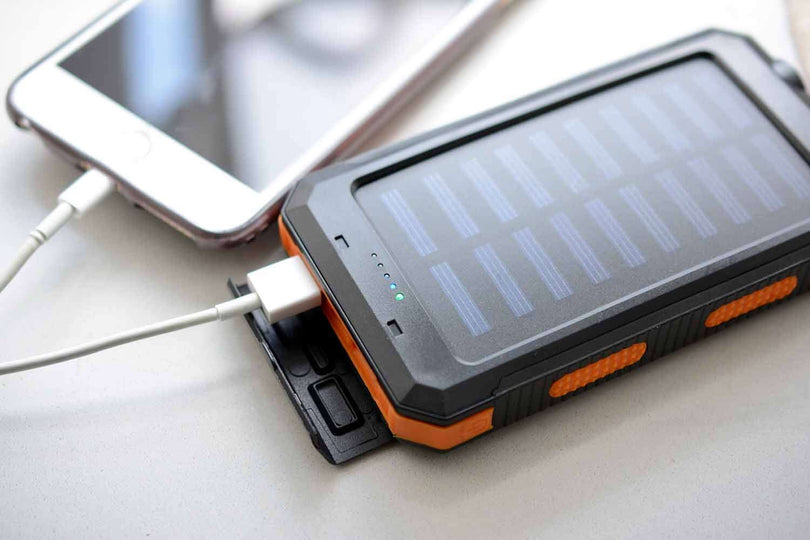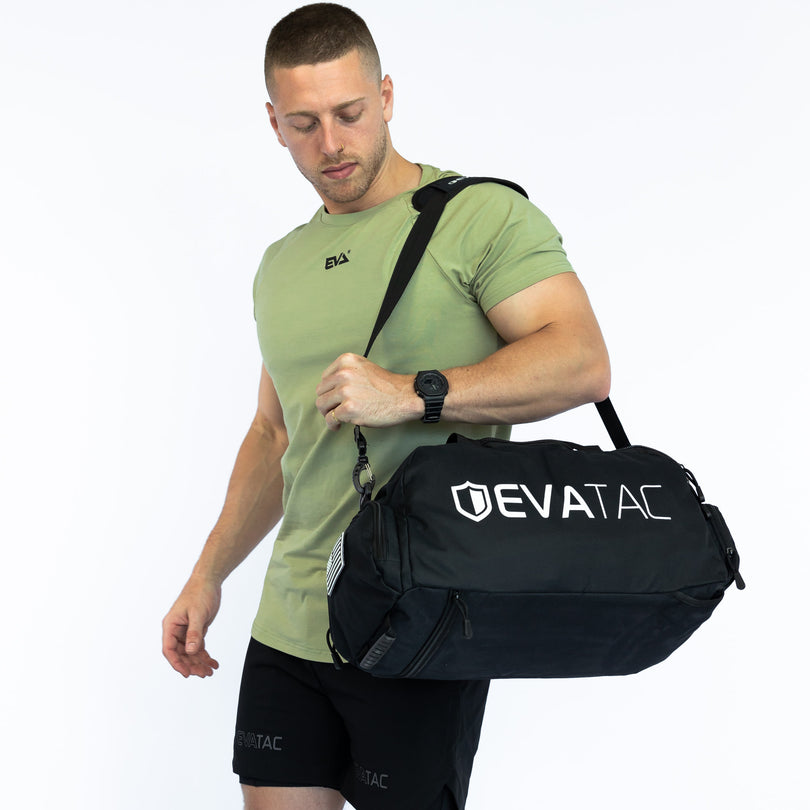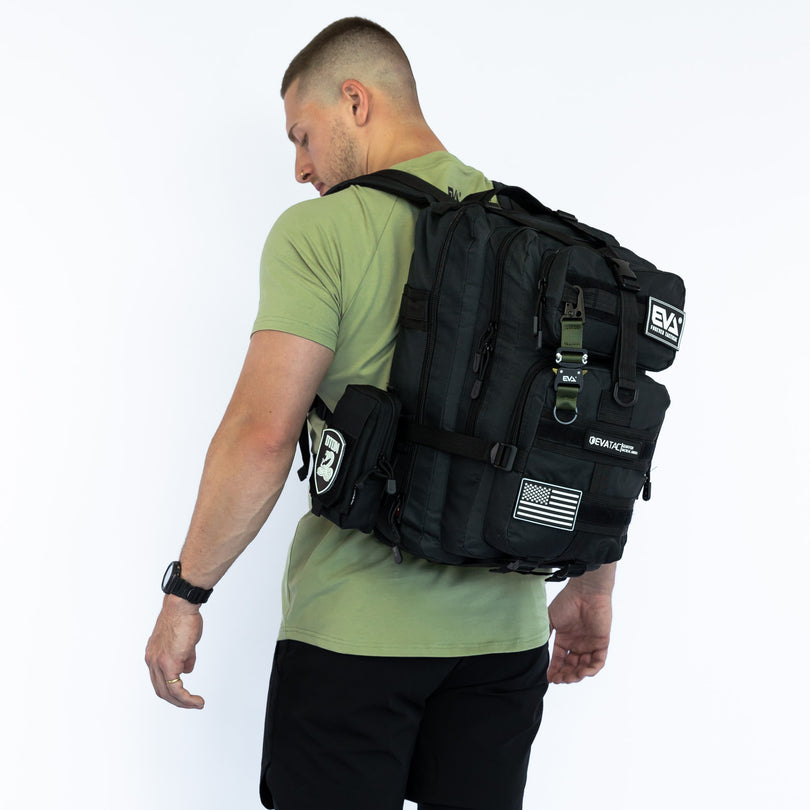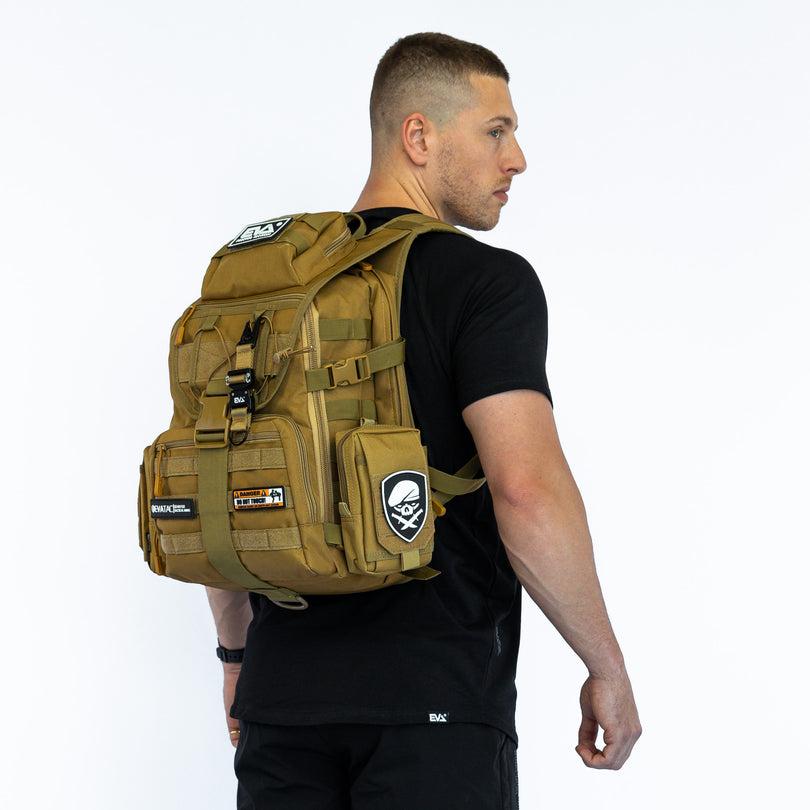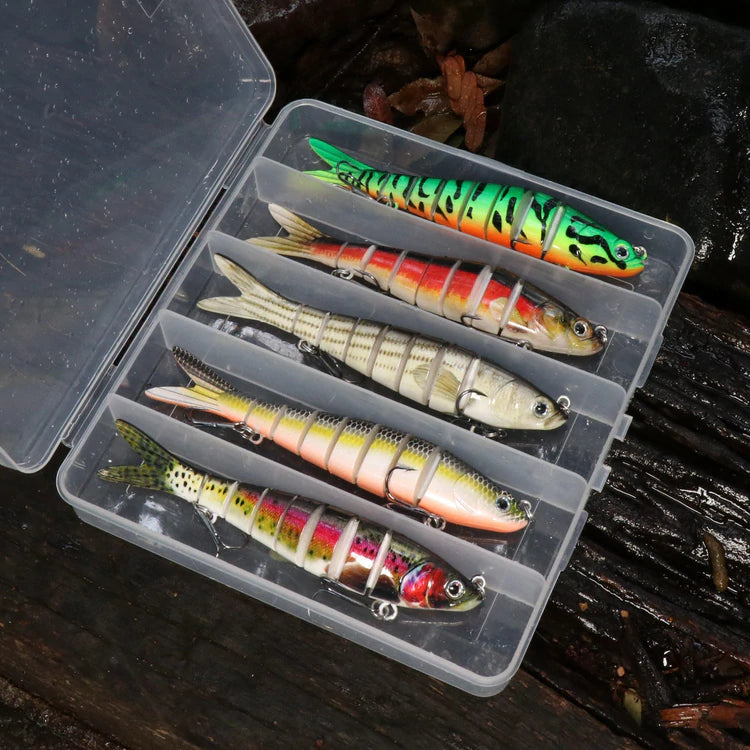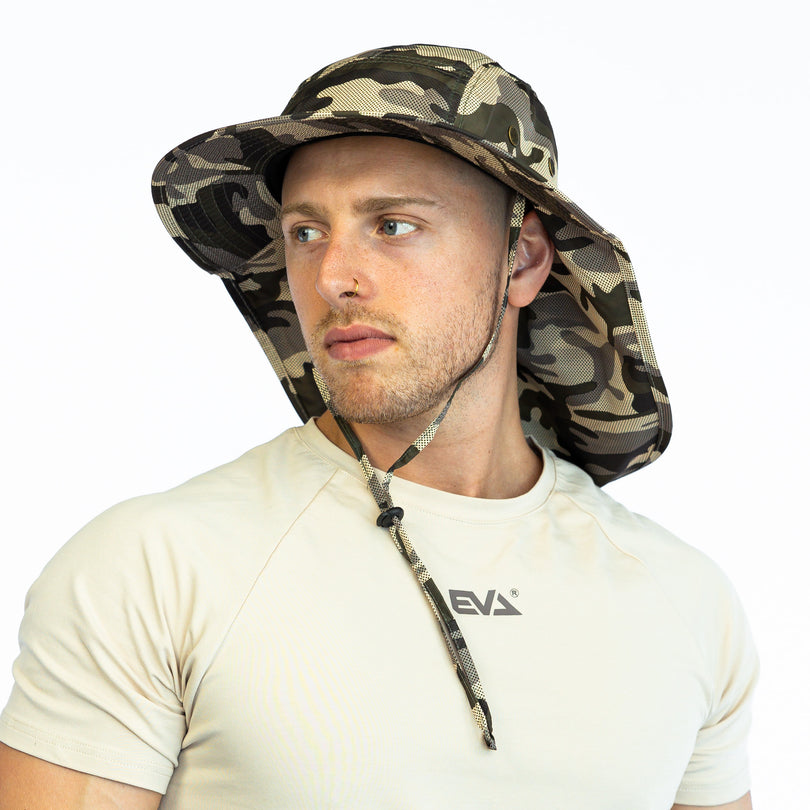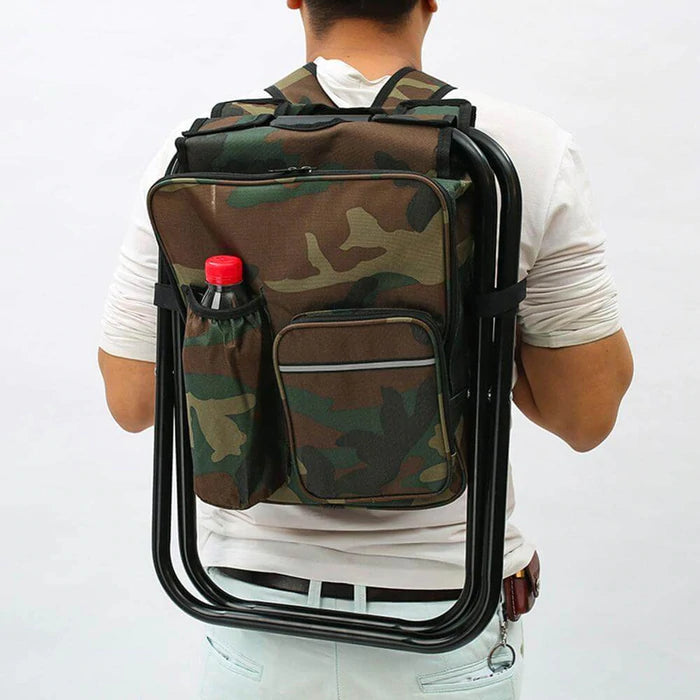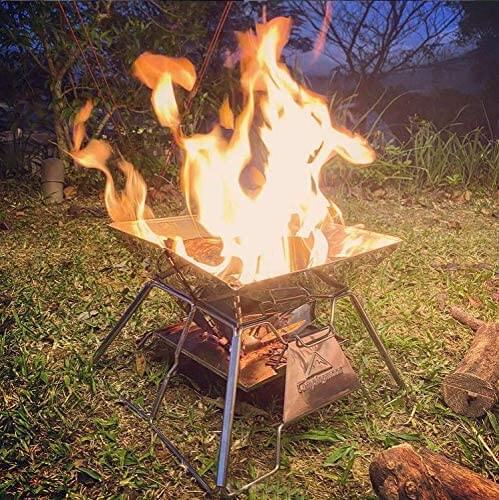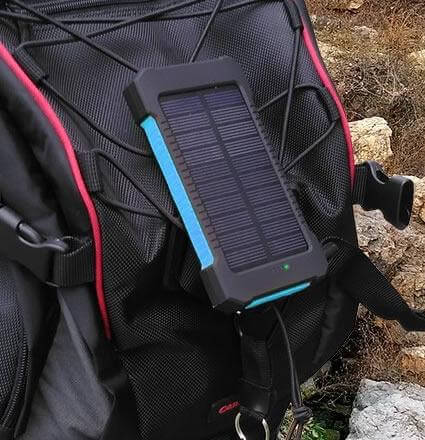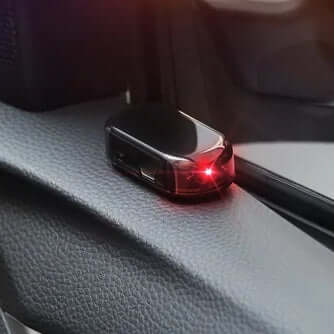Gone are the days when trout fishing meant simply putting a worm on a hook and tossing it in the water hoping for a bite. Some fish prefer to be fooled with unique and interesting lures like the surface lures. For years, anglers have been using all sorts of lures, including spinnerbaits, large plastic worms, crankbaits, and many others.
Micro popper lures are considered one of the most exciting and productive lures in today’s freshwater, saltwater, and even freshwater bass fishing tournaments. There are many styles of popper lure available on the market today and they vary quite a bit in the way they look but most have a similar design that creates that loud splash.
Popper fishing lures are perfect if you’re looking for an exciting new way to catch fish. They’re easy to use, versatile and effective. But more importantly, they’re lots of fun! In this article, Koala Outdoor will cover everything you need to know about popper fishing lures, including what they are, how they work, and things to consider when you buy your own popper fishing lures.
We’ll also give some great recommendations for beginner-friendly models that are perfect for anyone looking for a great value & quality experience.
What is a micro popper lure?
Micro popper lures are gaining immense popularity among anglers because they are very inexpensive, easy to use, and incredibly effective. They were originally designed to primarily target bass species and they still remain very popular with bass fishermen (especially on the freshwater side) but they can also be used to successfully catch a huge range of different saltwater and freshwater gamefish species.
The popper is a topwater or floating hard bait with a concave mouth and a large lip that makes a big splash on the water when cast out, making small movements when jerked back on the retrieve, the bait spits water making plopping sounds sound as it is pulled back across the surface. The design of this bait is meant to attract fish with its injured prey look. The unique thing about surface poppers is that they have a cupped face at the front that is designed to push out a surge of water on its retrieval.
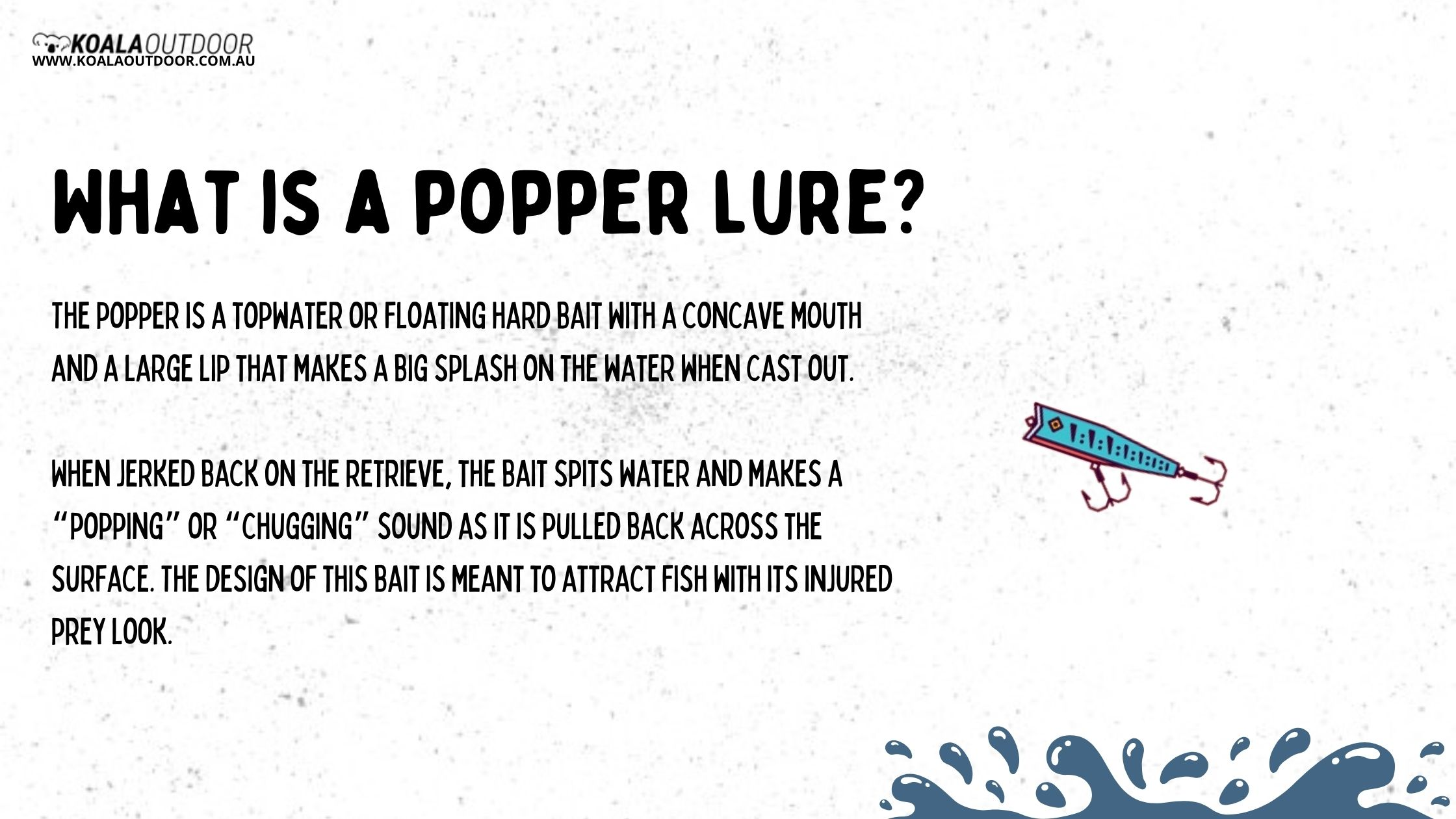 Popper lures are very similar in design to other types of lures that an angler may already be familiar with. The style of fishing lure that is known as the surface poppers is rightfully one of the most productive, exciting, versatile, and effective game fish lures for all different types of water bodies.
Popper lures are very similar in design to other types of lures that an angler may already be familiar with. The style of fishing lure that is known as the surface poppers is rightfully one of the most productive, exciting, versatile, and effective game fish lures for all different types of water bodies.
One of the many new innovations in fishing lures has been the creation of popper fishing lures. The first thing an angler will notice about a popper lure is that they are typically brightly colored and are made from high-quality materials. It has a durable ABS body - different colors and patterns to match any fishing environment.. It is uncommon for surface poppers to weigh less than ½ ounce, but many of them weigh more than 1 ounce. Lastly, 3D realistic-looking eyes and body make it a life-like fish.
Surface poppers were first introduced to the fishing world sometime in the 19th century and they have since evolved since then as anglers kept on improving and modifying them, always searching for something new. Some popper fans claim that these surface lures are actually the most productive fishing lures around.
Poppers are unlike any other style of a fishing lure in that they are made to cause a sizable splash on the water’s surface and grab the attention of any nearby fish. surface poppers are mostly made to specifically target bass species, but they are catching a huge variety of saltwater and freshwater gamefish species.
Knowing how and when to use poppers will give you an advantage out on the water, get your hooked up with some strikes, and land some big fish.
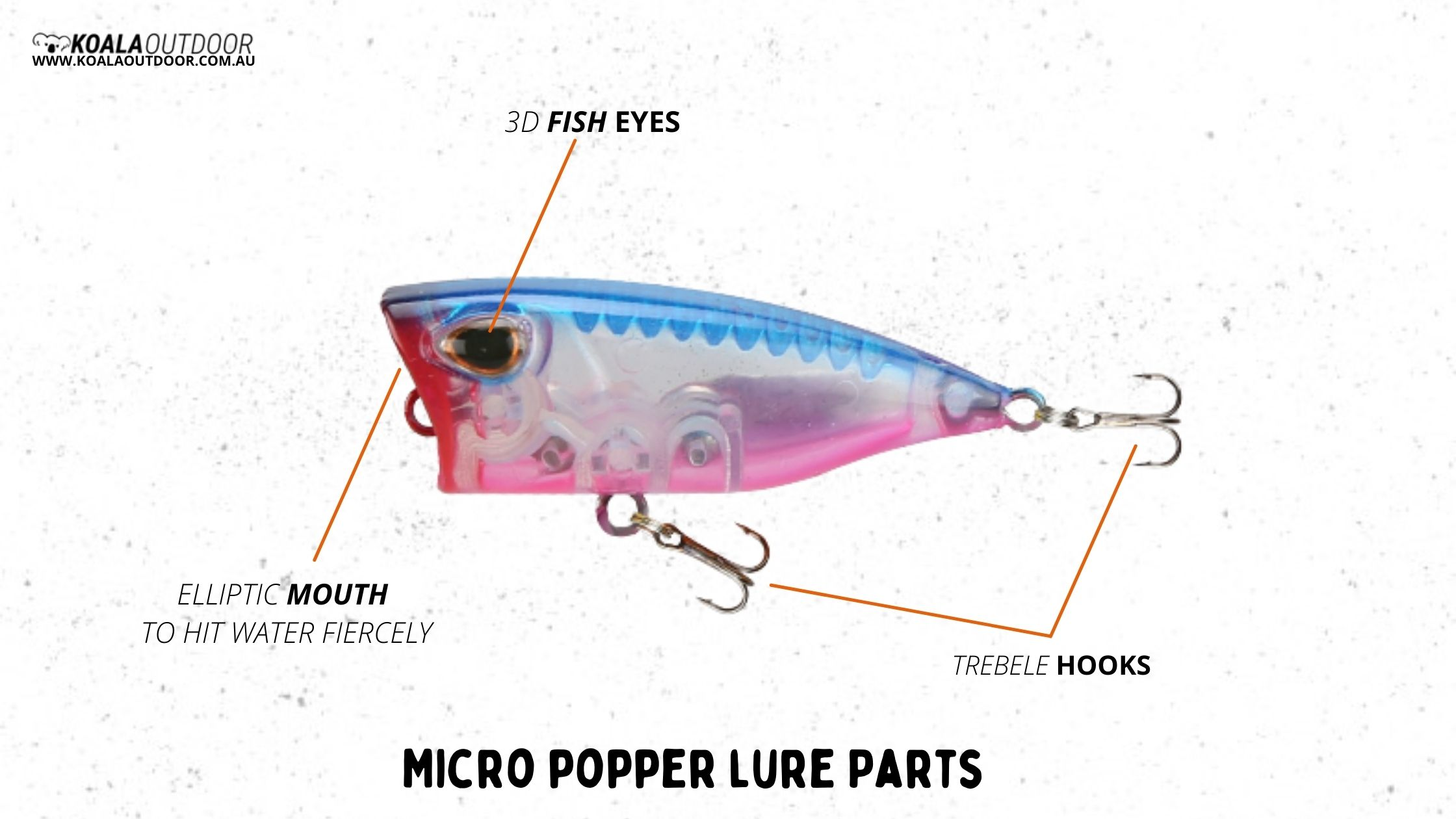 Types of popper lures
Types of popper lures
There are a variety of different types of surface poppers on the market, each with its own unique sound and movement. When selecting the right lure, it's important to choose the right size and color for the fish you're targeting. Here are some popular types of popper lures:
Splashers / Chuggers
These are the traditional-shaped poppers that you’d normally associate with a good old-fashioned popper. The idea behind these is to create a loud splash or chugging sound by the way it is worked on the retrieve. Surface poppers create a lot of commotion on the surface and are often used when targeting active fish or getting their attention.
The splasher or chugger is the topwater lure that is typically made with a concave face and makes a ton of sound and sprays when you pop it. The big difference between the chuggers and the splashers is that the chuggers will have a lip on the front that darts around when you pop it.
When to use: These surface poppers are best used in high wind conditions or choppy water where you need to be able to make some noise on top of the water. They work great for all pelagic species like Tuna, Mahi Mahi, and Wahoos. They’re also great for hitting inshore species like bluefish and Spanish mackerel. They can even get down deep enough if you want to target stripers.
Bloopers / Bubble Trail Poppers
This is by far the most favorite type of popper of many anglers, as it’s generally more subtle than a splasher/chugger, yet has more action than a diver. The idea behind this design is to create a bubble trail underwater which can be achieved by either using an open front style cup or by having less material in the front of the cup (less concave). This design allows for more water to flow through the cup and enables it to be fished much slower than traditional splashers/chuggers.
Diving Poppers
The diving popper is designed to dive under the water when fast stripped or jerked, then floats back up when stopped. These are often used when fish are feeding deeper down in the water column and will dive down as deep as 6 feet depending on how you work the lure.
Diving poppers are designed with a lip on the bottom of the lure that allows it to dive underwater when retrieved at speed. This style of lure is perfect for fishing deeper water or for targeting fish that are feeding on baitfish below the surface.
Buzzbait
Buzzbait lures feature a metal blade that creates a loud buzzing noise when retrieved. They are designed to be fished in shallow water and are most effective when used around weed beds or other covers.
Spinnerbait
Spinnerbait lures have a rotating blade that makes a clicking noise as it moves through the water. They are also designed for use in shallow water and can be fished near cover or in open water.
Topwater popper lure
Topwater popper lures create a popping sound when retrieved, which mimics the movement of small fish. They are ideal for catching bass and other predatory fish in shallow water. When selecting surface poppers, it's important to choose the right size and color for the fish you're targeting.
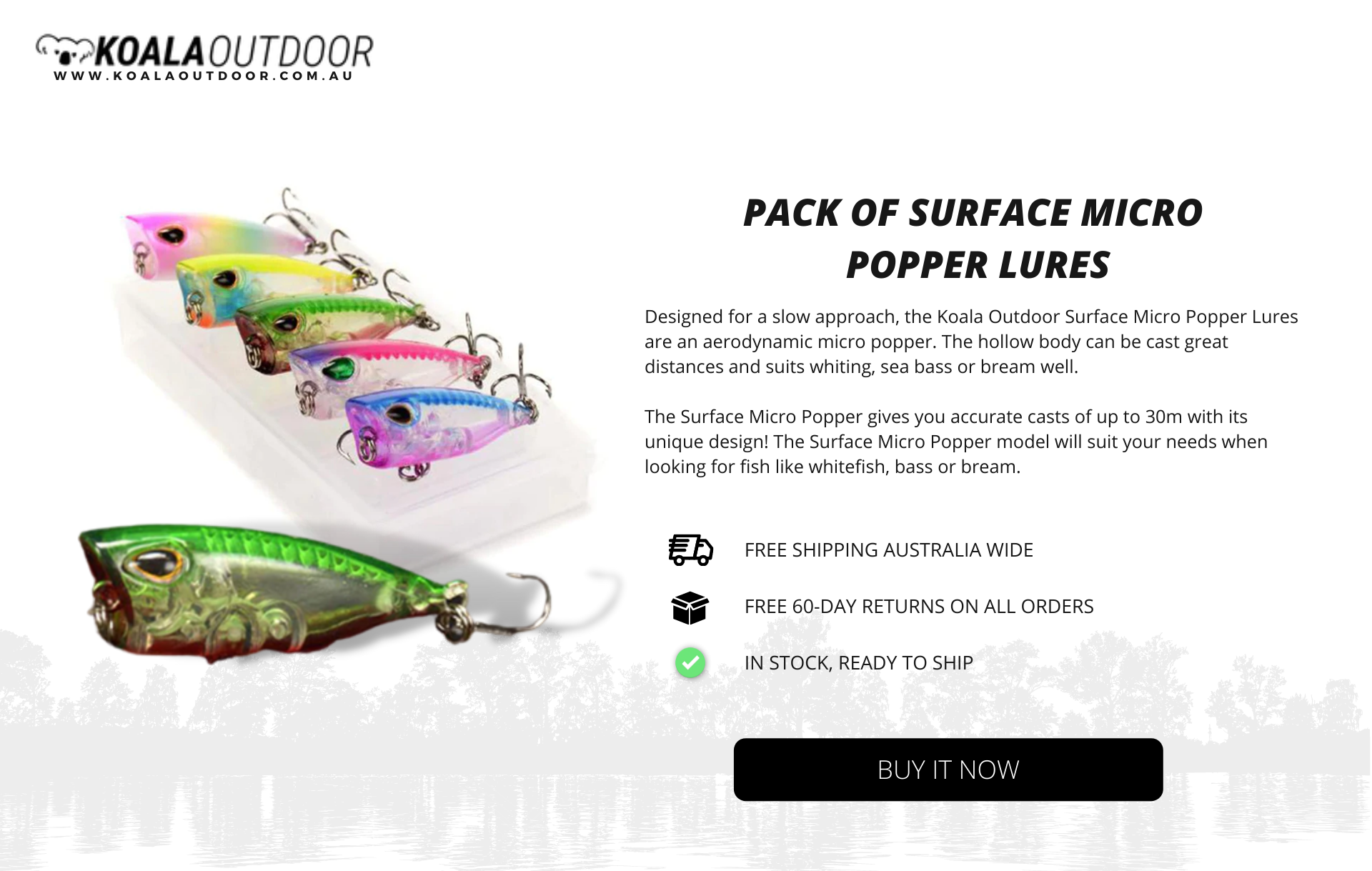 Micro popper lure fishing techniques
Micro popper lure fishing techniques
The three most popular designs are the walk-the-dog, the skip-bait, and the pencil popper. Each design has its own advantages in different conditions. Learning how to use each of them will give you a clear advantage over other anglers when you’re on the water.
Walk-The-Dog
This lure is an excellent choice for calm to slightly choppy conditions. The action of this lure is that it walks back and forth on the surface with very little change in direction. This makes it ideal for targeting fish that are not aggressive yet but could be easily enticed into striking if they see something moving erratically on the surface.
Skip Bait
This is often used after a storm when there are still large waves coming through. The action of this lure is similar to a walk-the-dog except that it skips across the surface instead of walking back and forth.
Pencil Popper
This is one of our favorite surface lures because it can be used in any condition, whether there are no waves or big ones! It creates a lot of splash on top which draws attention from nearby fish because they think something fell from above into their domain.
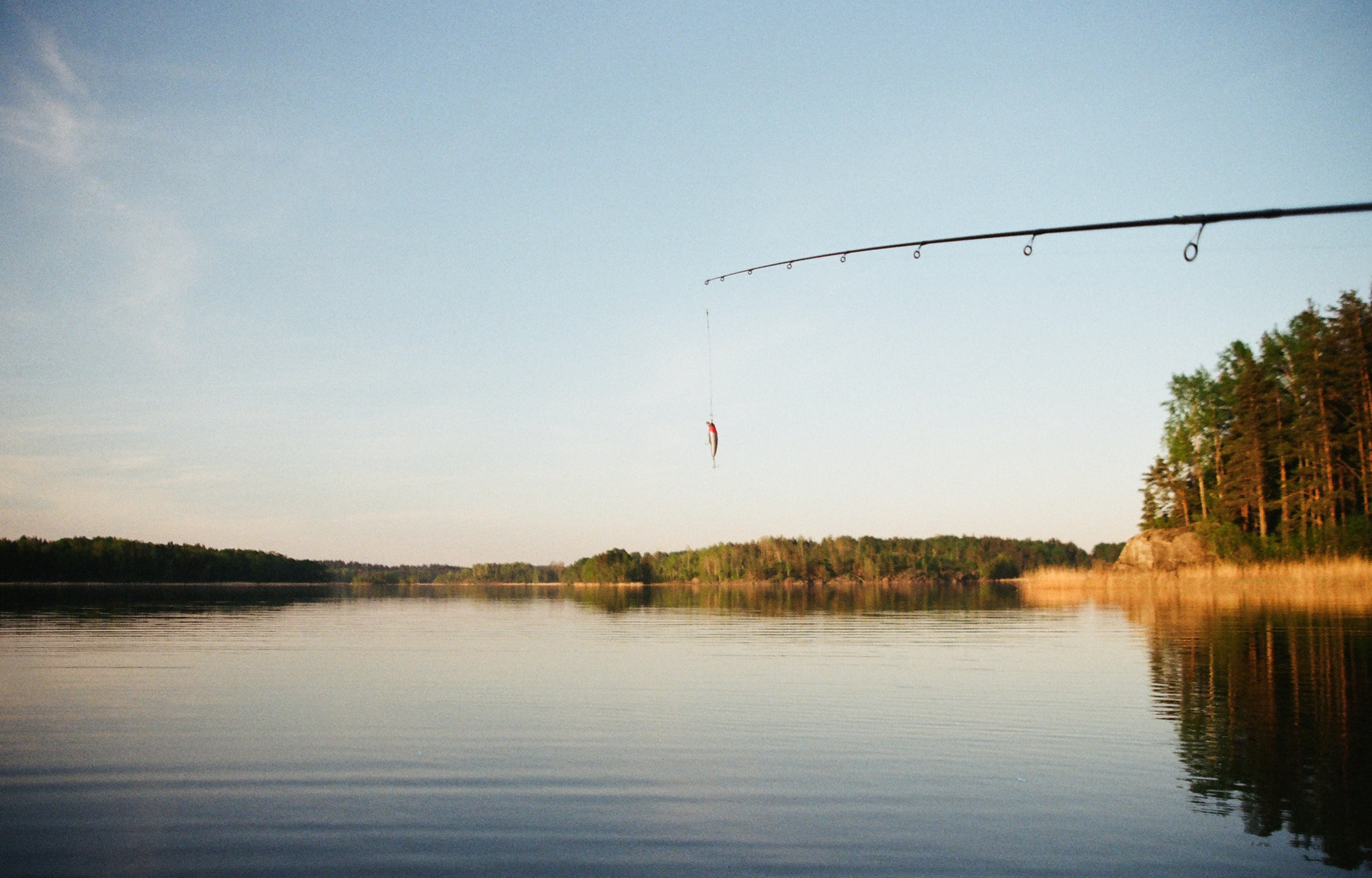 How do you use a small popper lure?
How do you use a small popper lure?
Popper lures are some of the most popular fishing lures on the market and come in a large variety of styles and designs. A lot of fishermen are unaware of how to use these fishing lures effectively in order to catch a large number of fish consistently. This is the main reason why many anglers have been left frustrated by this type of lure.
However, if you’re willing to do some research on the topic and learn as much as possible about popper fishing, then you might be able to catch more fish than ever before while having a whole lot more fun doing it.
There's nothing quite like the sudden, exciting rush of a fish rising to the surface and exploding onto your lure. To master how to use surface poppers, follow these steps:
- First, you need to select the right size to lure for the fish you're targeting. If you're not sure, it's better to err on the side of a smaller lure.
- Second, micro popper lures work best in calm water conditions. If the water is choppy or there is a strong current, your lure may not work as well. The cupped face “pops” along the surface will imitate the action of prey, such as small insects, small frogs, or even a small injured fish.
- Third, you need to use the right technique to fish with a micro popper lure. You should cast the popper out to the target area and let it settle briefly and then retrieve it quickly, making sure to keep the rod tip high. This will create a popping sound that fish find irresistible.
If you're looking for an effective way to catch fish in shallow water, then micro popper lures are a great option. Just make sure to select the right size lure and use the proper technique when fishing.
What fish can you catch with a popper lure?
Poppers are most effective when used to catch fish in shallow water. However, they can be used to catch a variety of different fish species in both calm and choppy water conditions. Some of the most common fish that can be caught with a popper lure include bass, trout, crappie, bluegill, and catfish.
How do you use a popper lure for striped bass?
How do you use a popper lure for striped bass? Striped bass is predatory fish, and will take lures that resemble their natural prey. Popper lures are designed to mimic the look and action of small baitfish, making them an effective choice for targeting striped bass.
When fishing with surface poppers, it is important to make sure that the lure is working properly. The best way to do this is to watch the lure as it moves through the water. The popper lure should create a small splash as it enters the water, and then bubble and gurgle as it moves along. If the lure is not working properly, you can adjust the treble hooks to ensure that the lure is contacting the water correctly.
Once you have the lure working properly, it is important to use the correct technique when fishing with it. When using a popper lure, you should make short, quick casts and then allow the lure to sit for a few seconds before reeling it in. This will give the fish time to see the lure and strike at it. If you are not getting bites, you can try moving the lure faster or slower through the water to change the action.
When fishing with surface poppers, it is important to keep a few things in mind:
Step 1
First, stripers are attracted to baitfish, so your lure should mimic the look and action of a small fish.
Step 2
Second, make sure the lure is working properly by watching it as it moves through the water.
Step 3
Finally, use the correct technique when casting and reeling in the lure to give the fish a chance to strike.
With these tips in mind, you'll be able to start catching some striped bass with surface poppers.
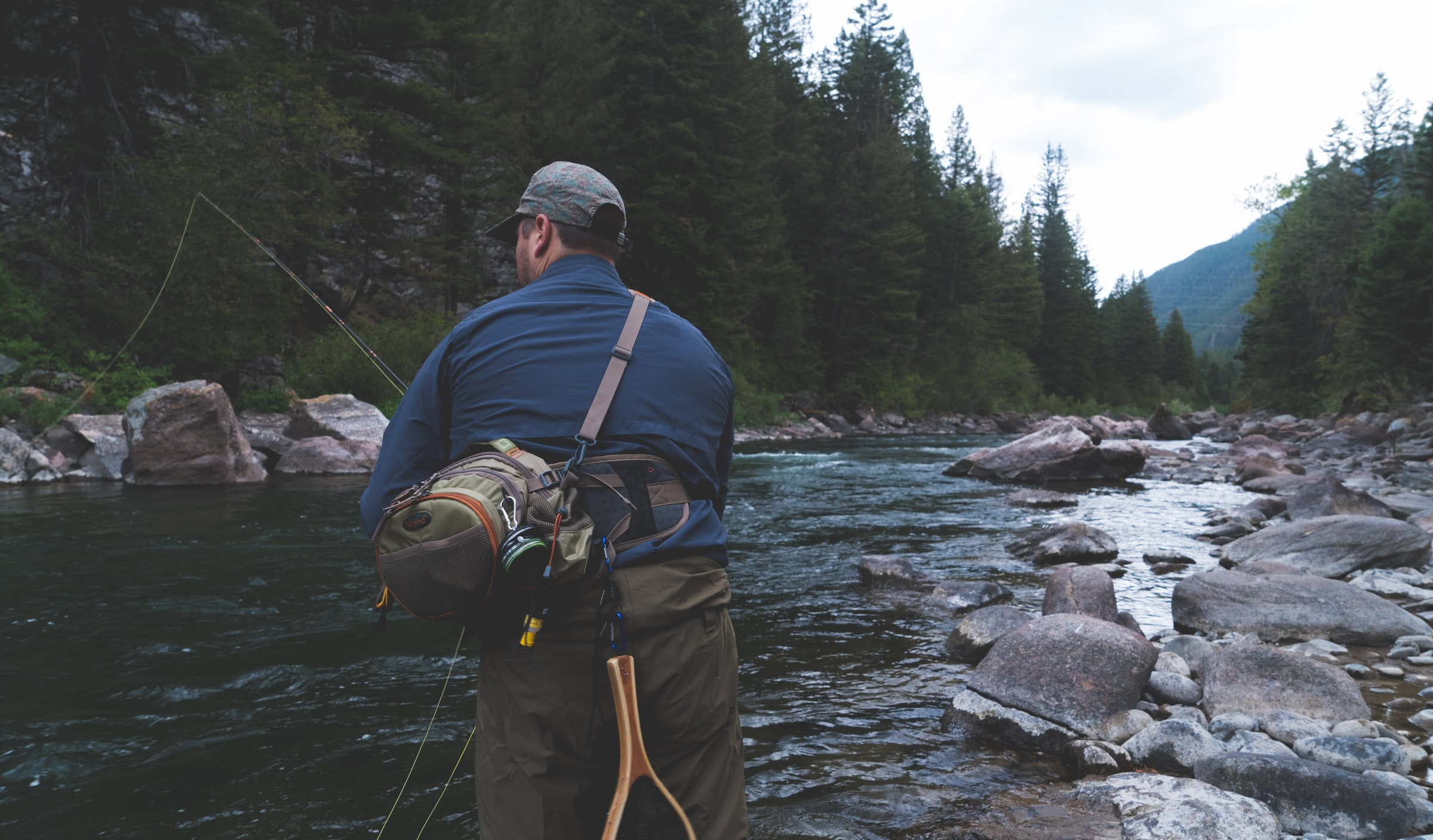 Micro popper lures: how to fish them effectively?
Micro popper lures: how to fish them effectively?
The best way to catch fish using a micro popper lure is to cast it into open water and then retrieve it quickly with a series of pops and jerks. You can also let the lure sit motionless on the surface and wait for a bass to strike.
When rigging a popper lure, you can use a variety of hooks and line sizes depending on the conditions. Most anglers use light tackle when fishing popper lures, but you can use whatever gear you feel comfortable with.
When selecting the right lure, be sure to choose the right size and color for the fish you're targeting. And remember to use the proper technique when fishing with a popper lure - cast it close to the shore or your target area and quickly retrieve it, making sure to keep the rod tip high. With a little practice, you'll be catching fish in no time!
Are popper lures good?
For beginners, it's important to use the right lures for catching fish. Poppers are one of the most effective lures for catching many species of fish. These micro popper topwater lures pop along the surface, creating noise and vibrations that attract bass and other gamefish. Unlike other gamefish lures, they can be fished on any body of water and are very easy to use.
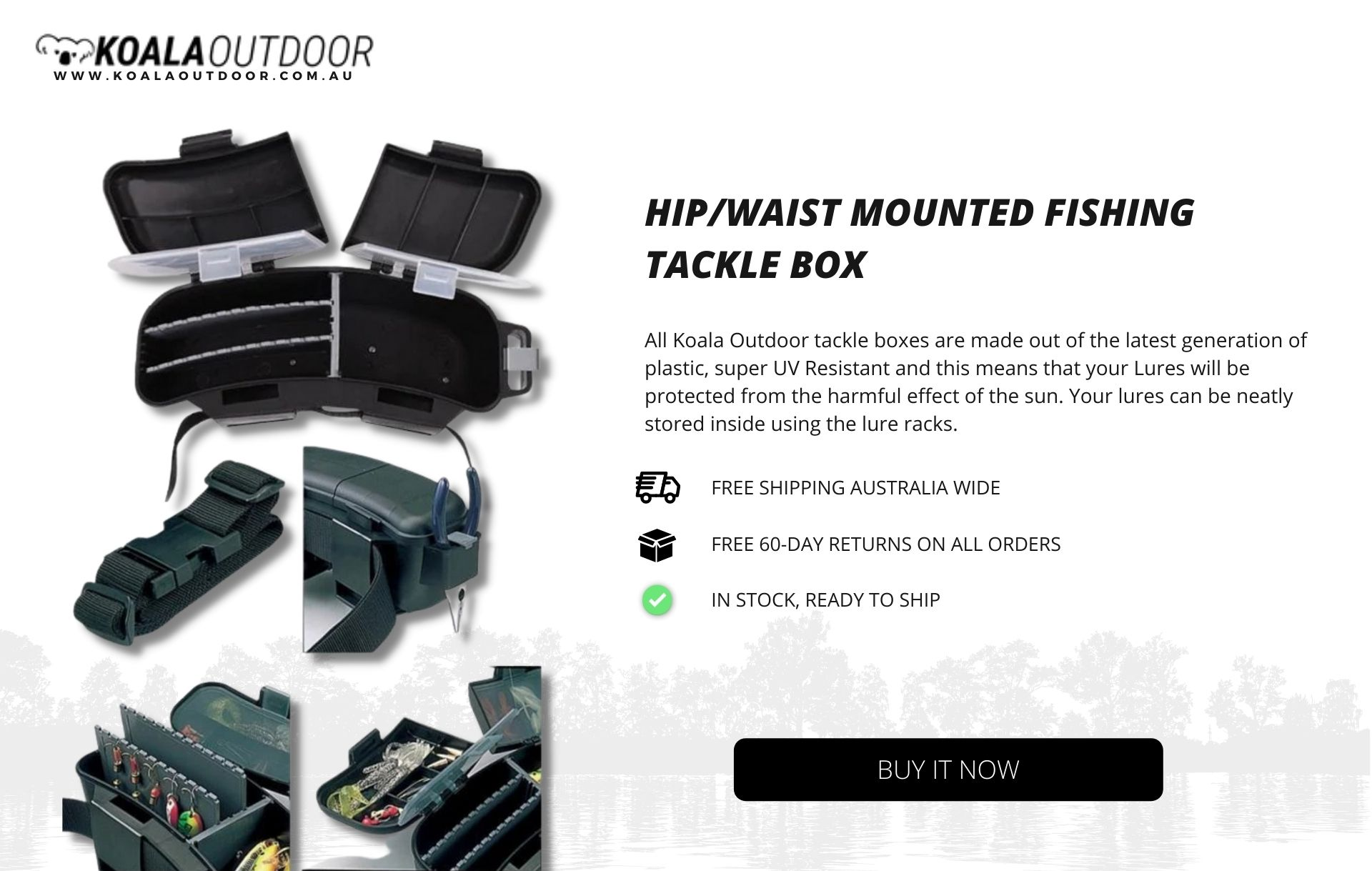 A surface lure is one of the most popular lures on the market and they can be found in fishing tackle box and bait price shops. The popper lures are considered to be one of the best choices for catching large fish. This surface lure is often used for targeting smaller prey, but can also catch larger prey as well - produces tournament-winning crankbaits and other lures that lead the industry.
A surface lure is one of the most popular lures on the market and they can be found in fishing tackle box and bait price shops. The popper lures are considered to be one of the best choices for catching large fish. This surface lure is often used for targeting smaller prey, but can also catch larger prey as well - produces tournament-winning crankbaits and other lures that lead the industry.
Choose a popper based on your target species and fishing conditions
The most popular poppers come in a variety of sizes and colors. The larger the popper is, the more water it moves, making it audible from farther away. For the best results, choose a lure that matches the conditions you're fishing in. The size and color of the popper should imitate the fish's natural prey in that area.
If you're fishing in an area with lots of small minnows, use a small popper that mimics their size and coloration. In areas with large baitfish, use a larger popper that matches their size and appearance. The best time to go fishing with them is in the summer months; the fishing is themis tremendous fun!
Poppers are available in many different sizes from 1/4 oz to 2 oz. The smaller ones are better suited for light tackle applications where you want to cast long distances with little effort. The larger ones work better for fishing heavy cover or deep drop-offs where finesse tactics don't produce as well as brute force pulling.
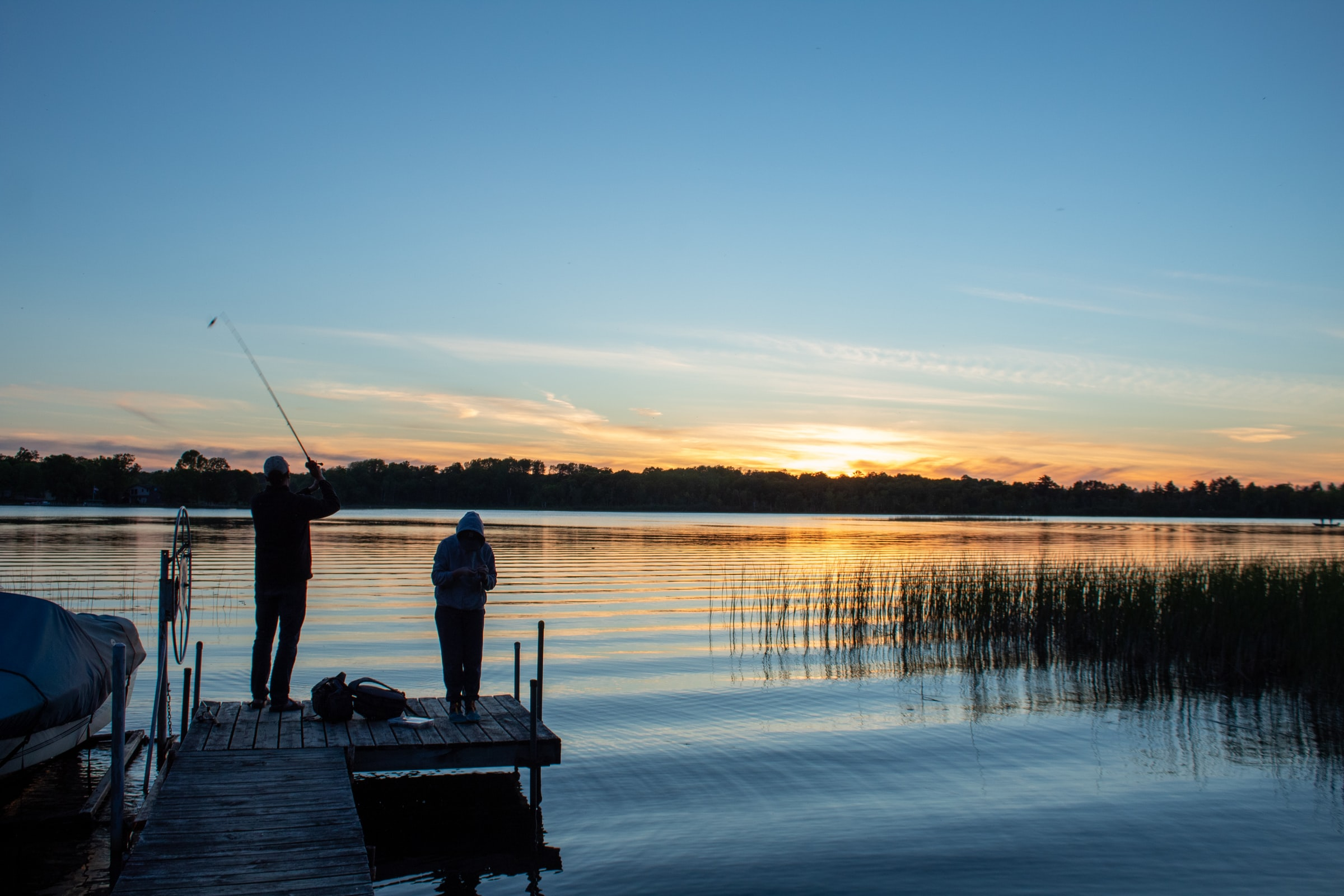 How do you rig a popper lure?
How do you rig a popper lure?
Poppers are a type of fishing lure that is used to mimic the action of a popping bug. Popper lures are made from plastic, wood, or metal and have a cupped head that creates a loud popping noise when it is popped or jerked.
Micro popper lures are most commonly used to catch bass, but can also be effective for catching other types of fish such as trout, pike, and catfish. When fishing for bass with a popper lure, it is important to use the right technique. Bass often strike popper lures aggressively and can be easy to catch if you know what you're doing.
The best way to catch fish using a micro popper lure is to cast it into open water and then retrieve it quickly with a series of pops and jerks. You can also let the lure sit motionless on the surface and wait for a bass to strike. When rigging a popper lure, you can use a variety of hooks and line sizes depending on the conditions. Most fishermen use light fishing tackle when fishing surface poppers, but you can use whatever gear you feel comfortable with - this is also a wonderful gift for fishermen, the bait tackle can be used in freshwater and saltwater.
Bass fishing: Rigging a micro popper lure
When rigging a popper lure, it is important to consider what kind of fish you are targeting and what type of water you will be fishing in. In general, lighter lines and smaller hooks should be used in clear water and around structures where spooking fish is more likely. In dirty water or when targeting larger fish, it is often necessary to use heavier fishing tackle.
Poppers are typically fished using a fast retrieve, although they can also be effective when allowed to sit motionless on the surface. The best way to catch fish with a popper is to experiment with different retrieves until you find one that the fish respond to. Poppers can be fished using a variety of techniques, so don't be afraid to try something new. You might be surprised at how effective a simple change in your retrieve can be.
There are a few different ways that you can rig a popper lure, but the most common way is to use a single hook. You'll want to tie the hook onto the lure so that it's facing outwards, and then you'll need to add a small split ring to the back of the lure. Once you've done this, you can simply cast your line out and start retrieving it in a jerky motion - this will cause the lure to pop and splash on the surface of the water, which is often enough to attract fish.
Rigging micro popper lure using 2 hooks
Another way to rig a popper lure is to use two hooks. This method is known as "stacking" and is often used by anglers who are targeting larger fish. To rig your lure in this way, you'll need to tie one hook onto the front of the lure and another onto the back. You can then cast your line out and simply retrieve it steadily - this will cause the lure to swim through the water rather than popping on the surface.
Whichever surface poppers method you choose, make sure that you use sharp hooks and that your knots are secure - you don't want to lose your lure (or your catch!) after all that hard work!
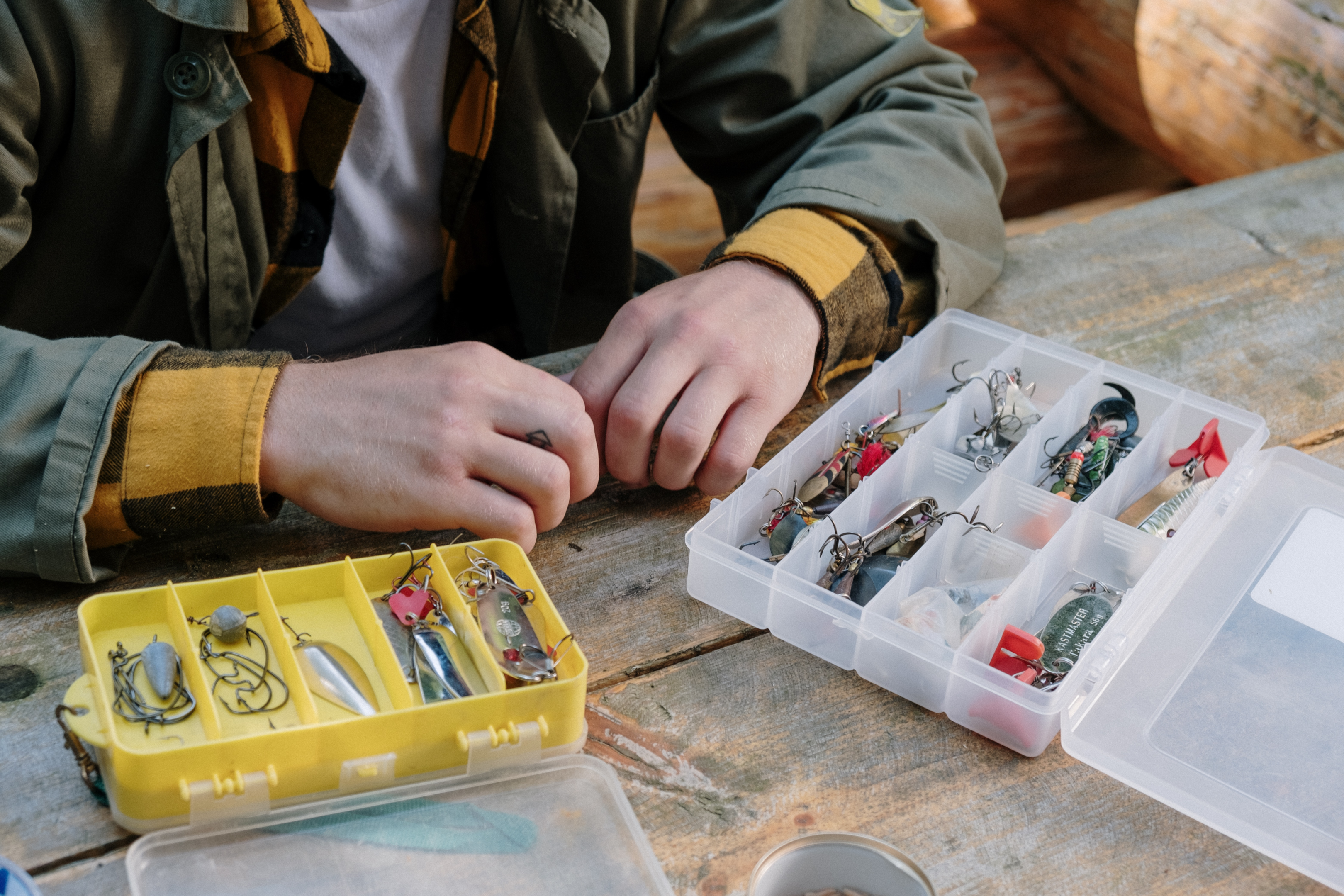 How do you use topwater popper lures?
How do you use topwater popper lures?
Topwater popper lures are a great way to catch fish when they are feeding on the surface. There are a few things that you need to know in order to use them effectively.
The first thing to do is find an area where you think the fish might be feeding. You can usually tell by looking for swirls or baitfish jumping out of the water. Once you have found a likely spot, cast your lure into the area and let it sit for a few seconds.
After a few seconds, start retrieving your lure by giving it short, quick jerks on a fine rod. As you retrieve, the popper will make a 'popping' sound which will attract the fish's attention. Be sure to pause occasionally and let the lure sit in the water. This will give the fish a chance to strike.
If you are having trouble getting bites, try changing the speed and direction of your retrieve. Some fish prefer a slow, steady retrieve, while others like it when you jerk the lure around. Experiment until you find what works best for you.
When fishing, poppers can be used to catch any species in any location. These micro popper topwater lures come in a variety of shapes and sizes, with a flat or concave front. As you jerk the rod, the popping sound mimics frantic baitfish. It's important to rig a popper lure properly so you strike quickly after using it for the first time.
The easiest way to rig a popper is to use a pre-made leader with a clip that allows you to switch out your lure as you experiment. Remember to always be alert for strikes, as they can happen at any time. Be prepared to set the hook quickly when you see a fish take your lure.
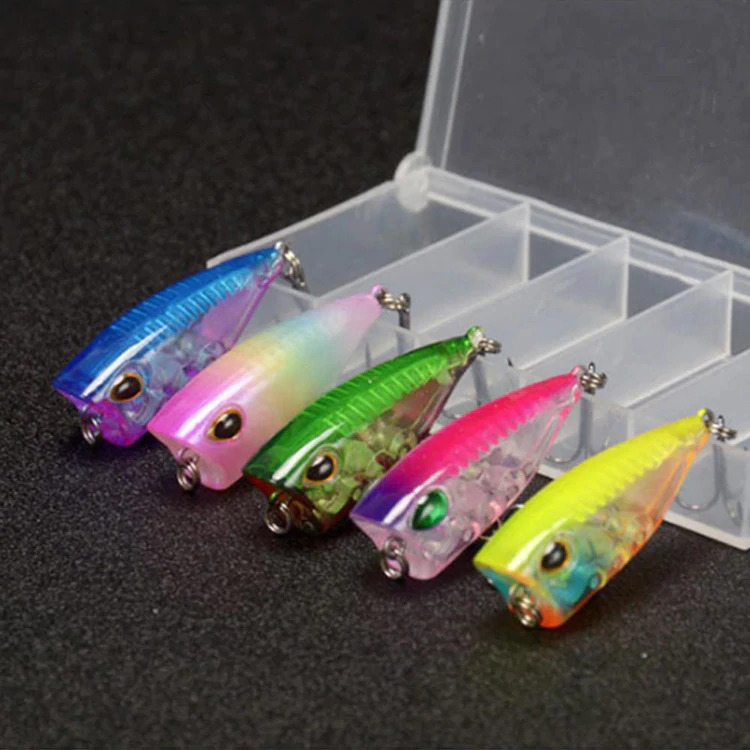 Where can you buy a popper lure?
Where can you buy a popper lure?
Poppers are lures that simulate live bait, and the most successful ways to fish them are through swimming or jerking motions. When jerked back on the retrieve, poppers create a loud sound that can entice game fish to strike.
How to choose the best micro popper lures
There are many different types of micro popper lures available, so it's important to choose the right one for your target fish. Here are some things you need to know before you buy a new fishing lure.
Know Your Target Fish
Different species of fish eat different things and have different preferences. For example, freshwater bass lives in shallow water and feed on insects and other small creatures that fall into the water. Other fish, like snook, redfish, and trout live in saltwater and eat baitfish.
When choosing a popper, first think about what your target fish eats, then choose a lure that matches its diet. For example, if you're trying to catch bass, choose a lure that mimics an insect or other insect-like creatures.
Understand Your Lure's Action
Poppers move through the water in two ways: sinking and floating. Choosing the correct action depends on where you're fishing and how deep you want your lure to go.
Sinking poppers create more surface disturbance than floating poppers as they sink below the surface and move through the water column towards their target depth. On the other hand, floating poppers can be fished more slowly and will remain on the surface of the water.
Because of this, floating poppers are better for fishing in weedy or snaggy areas, while sinking poppers are better for targeting fish that are deeper in the water column.
In general, popper lures are a great choice for catching bass and other predatory fish. They can be fished in both deep and shallow water, and they create a lot of noise and disturbance which attracts fish. Be sure to use the proper technique when fishing with a popper, and you're sure to catch some fish!
Get the Right Size
You can find poppers in a variety of sizes, from small poppers that are 1/8 ounce or less to large poppers measuring 2 ounces or more. The size you need depends on the weight of your line and the size of fish you hope to catch. Smaller poppers are best for light tackle and smaller fish like crappie and bluegill, while larger poppers can be used for bass and other big game fish.
Choose the Right Color
Poppers come in a wide range of colors, including natural colors that resemble baitfish, as well as bright colors like red, orange, and yellow. As a general rule, choose darker colors in murky water and lighter colors in clear water.
Select the Right Hooks
Poppers have two treble hooks attached to them, one at the front and one at the back. Don't hesitate to replace these hooks with better ones if it will help you catch more fish. Stainless steel hooks are always a good choice because they resist rusting when exposed to water.
Other options include plated hooks or titanium-coated hooks that resist corrosion even better than stainless steel hooks do. Be sure to match the size of your hooks to the size of your lure and the type of fish you're targeting. For example, use smaller hooks for panfish and larger hooks for bass.
Poppers are an excellent choice for both novice anglers and experienced anglers alike. They are relatively easy to use and can be fished in a variety of different ways. Whether you're fishing for bass, trout, or panfish, there's a popper lure that's perfect for the job.
 Conclusion
Conclusion
If you want to master fishing using micro popper lures, set aside some time and practice. You will get better with each attempt, eventually making it second nature. Practice casting the lure, balancing it on the tip of your rod so that it sits correctly when it hits the water, then practice retrieving and twitching the popper at different speeds. The key is to know what they are and where they are best used, and to practice, practice, practice!
Popper fishing has been renowned for decades as one of the most exciting and fun ways to fish, and micro poppers have quickly proved their worth as every bit as effective. The technique can be used to target a wide variety of species so long as you are willing to change up your tackle and your bait. Thus, if you're looking for a new way to bounce fish in, grab your micro poppers, borrow your neighbor's kid, and head out on the water!






